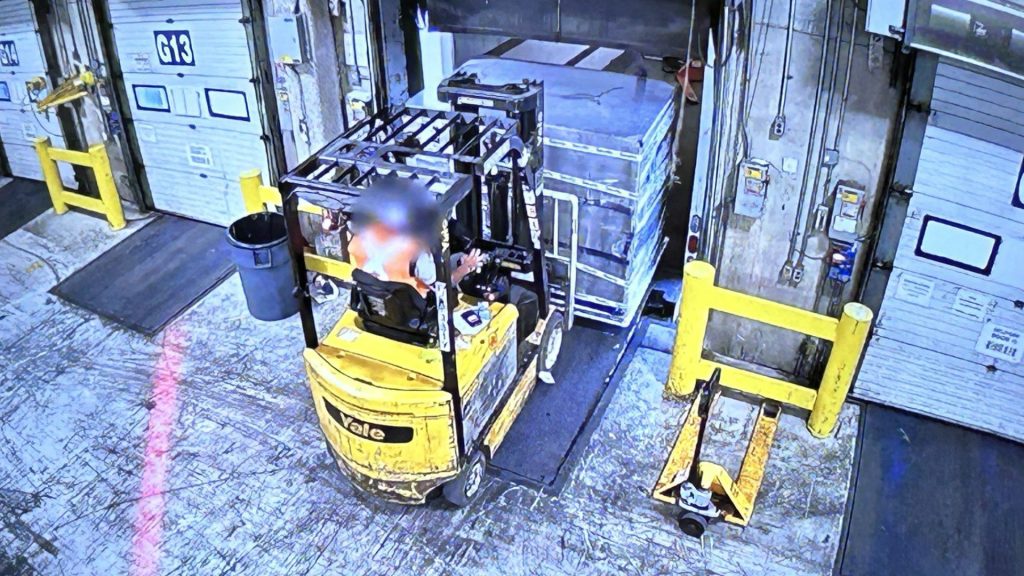Regional police extend pilot project for body-worn cameras
Posted Apr 21, 2022 06:45:00 PM.
A pilot project that deployed body-worn cameras, mobile phones and in-car cameras to Waterloo Regional Police officers has been extended until October.
“The team had done an amazing job at rolling this out. We are not only leading this process provincially, but also nationally,” said police chief Bryan Larkin at a Waterloo Regional Police Service board meeting on Wednesday.
The “modernization” project includes a mobile phone deployment strategy, a digital evidence management system (DEMS), body-worn video, and in-car video.
Originally, the six-month pilot project was scheduled from June to December of last year.
“What we found is that we required additional time to evaluate some pieces and objectives especially during COVID-19 which had a huge impact on the court system,” said Shaena Morris, superintendent, Office of the Chief of Police, Special Projects at WRPS.
“We have done extensive community consultation. We have over 760 responses to date, and members are very positive about bringing this program into the service. It’s been very well received.”
WRPS has deployed over 860 mobile phone devices into the hands of investigators and frontline officers.
“We have received great feedback about what a valuable tool the phones have been,” Morris said.
The pilot project has had real impact, she added. For example, during a sudden death investigation, a patrol officer responded to a person found in the snow. The officer was able to take a photo of the scene before it was contaminated by EMS and fire personnel.
A break and enter investigation allowed an officer to use a phone to access DEMS and allowed neighbours to submit videos of a suspect description. This allowed the officer to get the description out immediately.
Previously, Morris said that would have taken days or weeks to put together.
“This is helping with the improvement of responsiveness within the community,” Morris said.
Morris said WRPS is very close to launching an app which allows frontline officers to record video and audio statements from witnesses and victims.
“This is useful for those who might be in hospital, or are not able to come to the station,” Morris said.
WRPS was named as an early adopter of DEMS and has been a leader in development solutions provincially over the past two years. The provincial program has now been fully developed and recently expanded to 25 services and agencies beyond the original adopters group.
“Our police service collaborated with the ministry to find best practices before a big provincial rollout. Our service was integral in moving this forward. As a result, we are now in a position to help other services, both provincially and nationally, and many are now using this same system,” Morris said.
In total, the Service has over 52,000 pieces of evidence stored in DEMS, up from 14,775 since the last DEMS report to the Board in September 2021.
As for body-worn video systems, there are currently 76 being used by WRPS, along with 36 in-car video systems.
“Our purpose for this program was to determine our feasibility and ability to capture evidence while balancing community member’s right to privacy,” Morris said.
So far, since June last year, WRPS has disclosed 1300 videos for court, a combination of body- worn and in-car video.
“We wanted to understand the true impact of disclosure. This is emerging technology. Our community strongly supports it,” Larkin said.
“There is value in extending the pilot to October. It will allow more time to understand the larger implications and some of the challenges.”
The board has asked that a more extensive and enhanced strategy review come back to the board in May before making a decision to expand the project with additional technology and financial support in the future.










